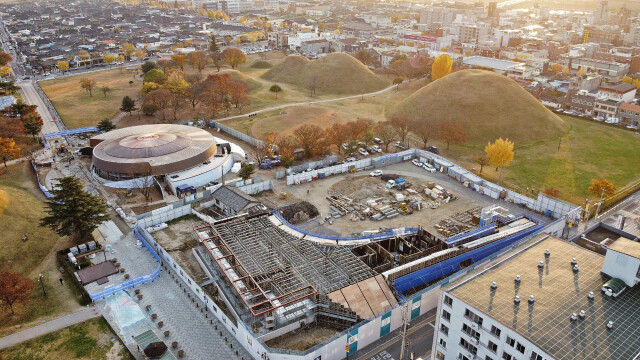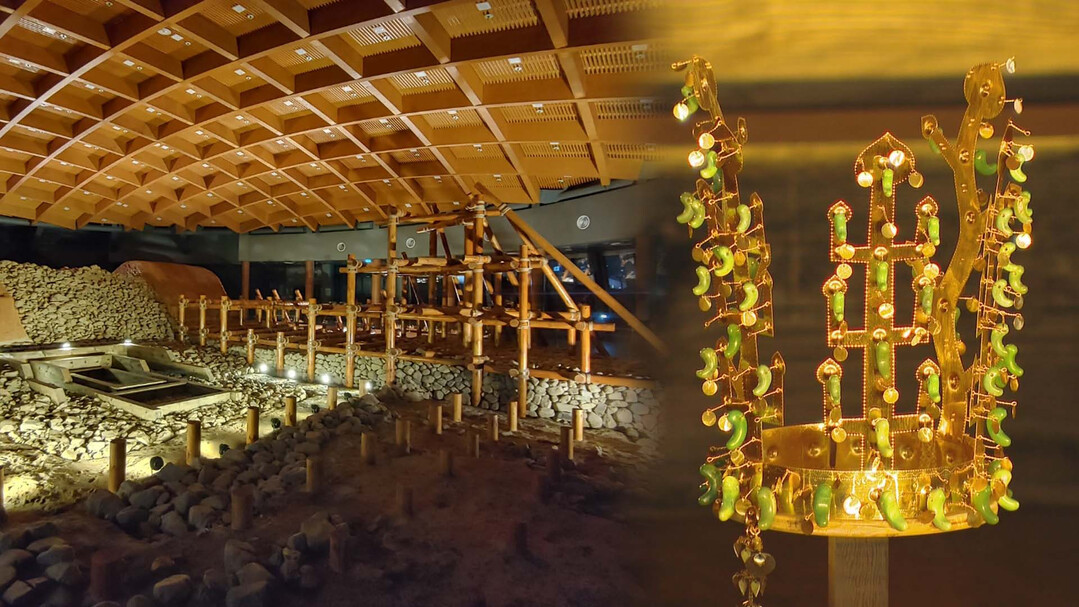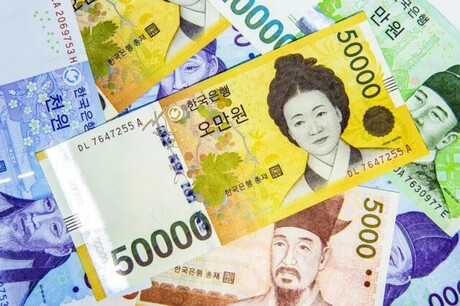
In 1921, the discovery of a Silla gold crown in a private home led to the naming of the site as Geumgwanchong, or "Gold Crown Tomb." Although initial artifacts were excavated during the Japanese colonial period and are now largely housed at the National Museum of Korea, a significant re-excavation in 2015 provided new insights. Researchers now believe the tomb was built during the Maripgan period (356–514 CE), offering crucial information for understanding Silla's political and social structure and shaping a new direction for the study of stone-mound tombs.
To preserve and showcase this important historical site, the Geumgwanchong Protective Facility was constructed in 2018. This facility, along with the Silla Tumuli Information Center, was opened to the public, similar to Cheonmachong. It allows visitors to explore the tomb's interior.
The Geumgwanchong exhibition hall, designed as a spiral dome resembling a Silla stone-mound tomb, both protects the site and displays a life-sized reconstruction of the burial structure. It features reproductions of the wooden framework of the stone mound, the coffin of the tomb's occupant, and the accompanying burial goods. Through these exhibits and supporting information, the center aims to showcase the grandeur of ancient Silla burial culture and the rich heritage of the Maripgan era.

[Copyright (c) Global Economic Times. All Rights Reserved.]




























